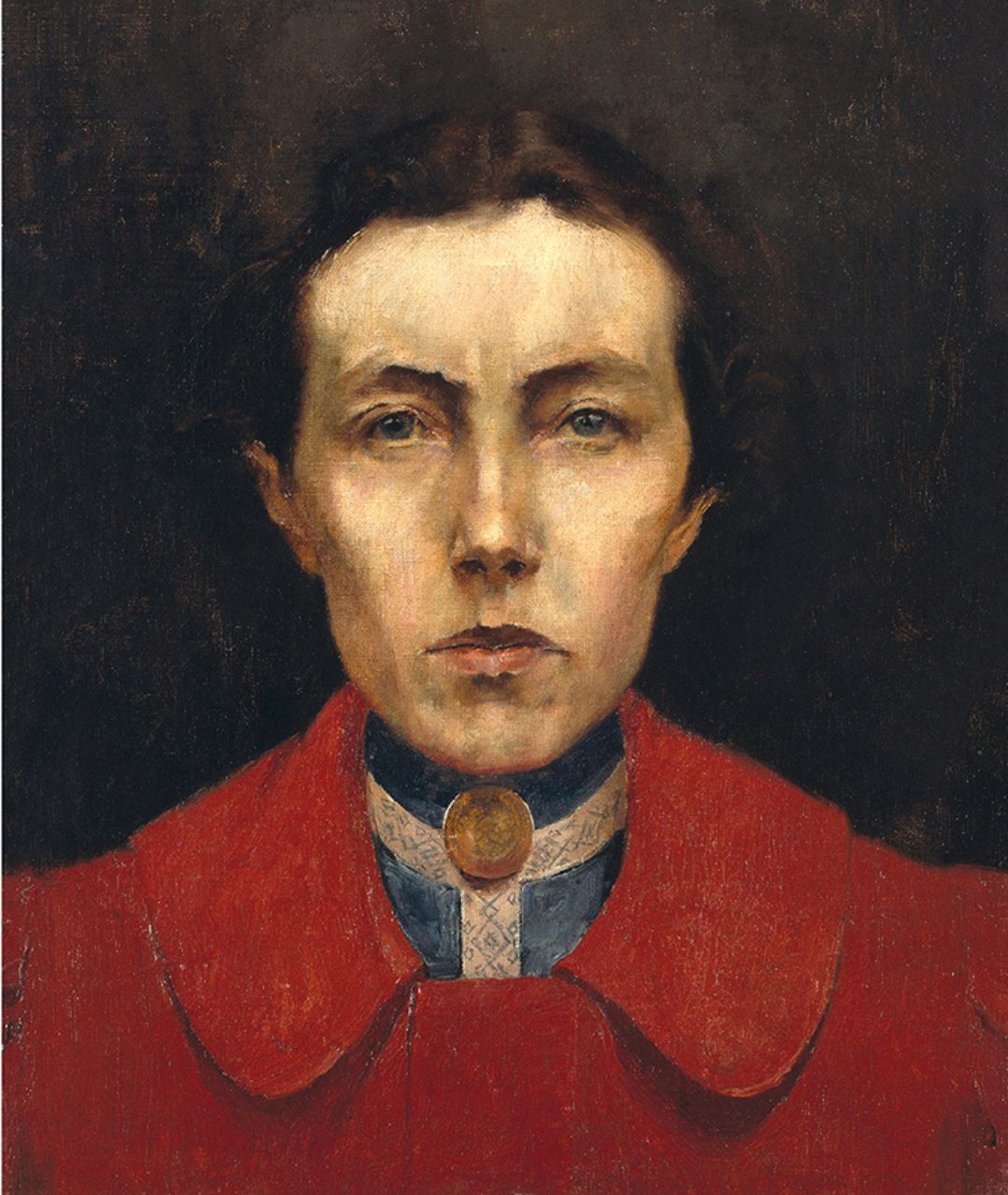Born in Chile in 1866 and living in Porto since childhood, Aurélia de Souza died at the age of 57 in this city on 26 May 1922.
According to family tradition, Aurélia de Souza began her artistic training with private drawing and painting lessons from Caetano Moreira da Costa Lima. She was already 27 when she enrolled at the Academia Portuense de Belas-Artes, where she attended between 1893 and 1899. She interrupted her studies at the Academy and left for Paris, financially supported by her family. She stayed there for around three years and attended the courses of Jean-Paul Laurens and Benjamin Constant at the Julian Academy.
Like the State Scholarship programme, before returning to Portugal, she travelled through European countries in the company of her sister Sofia, also a painter, who had joined Aurélia in Paris.
Upon her return to Porto, Aurélia de Souza developed a reserved career, somewhat removed from the city’s artistic circles, despite her regular participation in group exhibitions.
Aurélia de Souza’s artistic production is based on a diverse range of themes: the ones she favoured and worked on throughout her career were portraits, landscapes and intimate scenes of daily life. In addition to her own face, Aurélia de Souza looked for motifs for her paintings in the family universe, an inexhaustible source of inspiration: people, parts of the house, aspects of the garden, stretches of landscape with the river in the background.
Aurélia de Souza produced one of the most important masterpieces in Portuguese art at the turn of the two centuries: the Self-Portrait from the collection of the Soares dos Reis National Museum, classified as a National Treasure (pictured).

